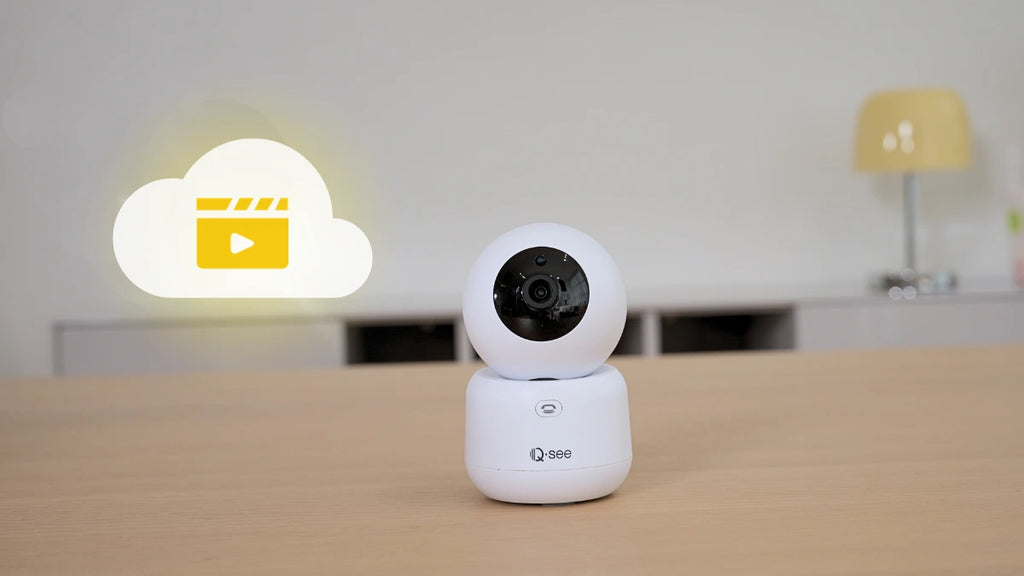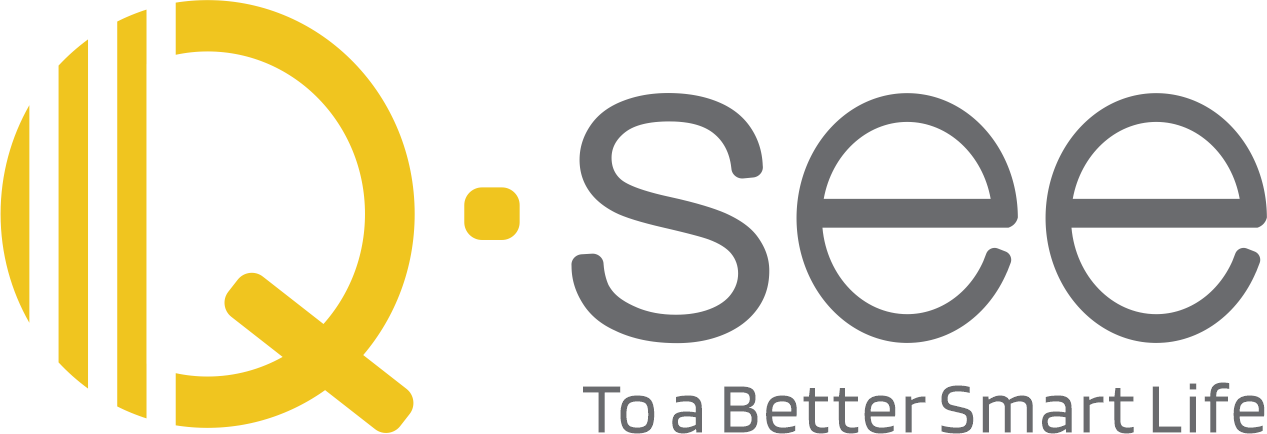In the digital age, where data has become the lifeblood of our personal and professional lives, the question of where and how to store that data is paramount. Two primary options stand out: local storage using SD cards and remote storage in the cloud. Each approach has its own set of advantages and drawbacks.
In this article, Qsee'll delve into the comparison between SD storage and cloud storage to help you make an informed decision based on your needs and preferences. Qsee offers you both the option of this storage.
SD Storage: The Local Solution
Advantages of SD Storage:
-
Physical Control:
One of the most significant advantages of SD storage is the physical control it provides. Your data is stored on a physical memory card that you can see and touch. This can provide a sense of security for those who prefer having their data in their hands.
-
No Internet Dependence:
SD cards do not rely on an internet connection. This makes them a reliable option for data storage, even in remote or offline environments.
-
Quick Access:
Retrieving data from an SD card is often faster than accessing it from the cloud. If you need immediate access to your data, local storage may be the better choice.
Drawbacks of SD Storage:
- Limited Capacity:
- Risk of Loss or Damage:
- Lack of Redundancy:
SD cards typically lack built-in redundancy. If your card fails, there may be no backup of your data.

Cloud Storage: The Remote Solution
Advantages of Cloud Storage:
- Vast Capacity:
- Accessibility and Synchronization:
- Data Redundancy:
Drawbacks of Cloud Storage:
-
Dependence on Internet:
To access cloud-stored data, you need a reliable internet connection. This can be a limitation in areas with poor connectivity.
-
Privacy and Security Concerns:
Storing sensitive data in the cloud can raise privacy and security concerns, as you are entrusting your data to a third-party provider.
-
Subscription Costs:
While many cloud storage services offer free plans with limited storage, larger storage needs often come with subscription costs.

Making the Right Choice
The decision between SD storage and cloud storage ultimately depends on your specific needs and preferences. Here are some considerations to help you choose:
- Data Volume: If you have a small amount of data and prioritize physical control, SD storage may suffice. For larger volumes and accessibility, cloud storage is advantageous.
- Accessibility: If you need constant access to your data from anywhere, cloud storage is the better choice. SD cards are more suitable for offline or localized access.
- Security: Evaluate the sensitivity of your data. For highly sensitive information, consider the security measures of your chosen cloud provider or opt for local storage.
- Budget: Consider your budget for storage. While many cloud providers offer free plans, large volumes of data may require paid subscriptions. SD cards have a one-time purchase cost.
- Redundancy: If data loss is a significant concern, cloud storage often provides better redundancy options.
Conclusion
In conclusion, both SD storage and cloud storage have their merits and drawbacks. Qsee provides users with the flexibility of utilizing both primary storage options, including SD storage and cloud storage. This dual storage approach ensures that you have convenient and reliable choices for storing and accessing your data, catering to your specific needs and preferences. Whether you prefer the security and accessibility of on-device SD storage or the convenience and scalability of cloud storage, Qsee has you covered.













